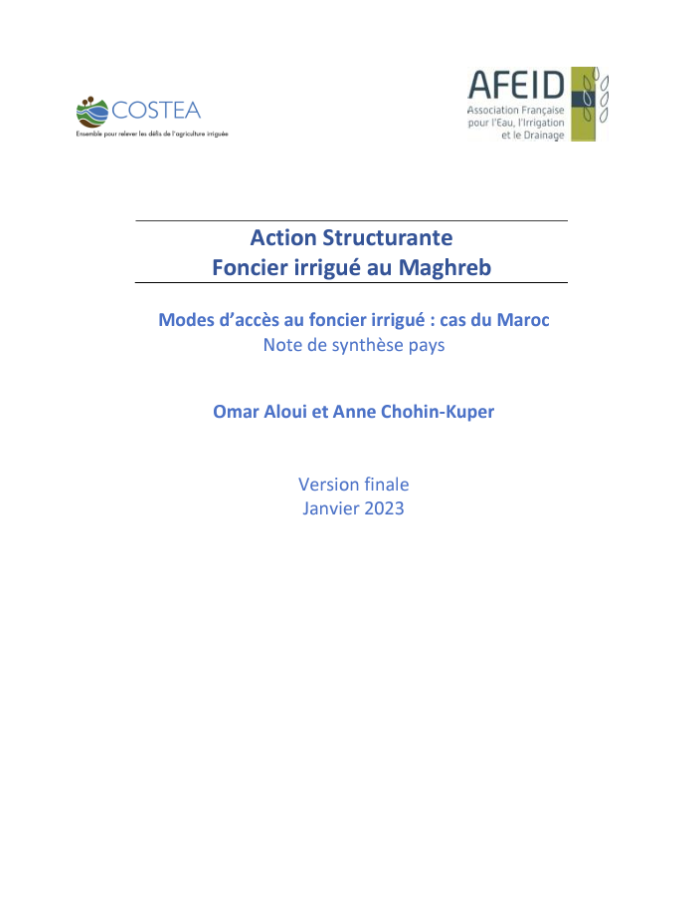Production vulnerability to wheat blast disease under climate change
Wheat blast is a devastating disease caused by the fungal pathogen Magnaporthe oryzae pathotype Triticum that has spread to both neighbouring and distant countries following its emergence in Brazil in the 1980s. Under climate change conditions, wheat blast is predicted to spread primarily in tropical regions.



